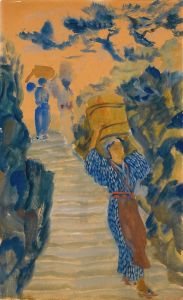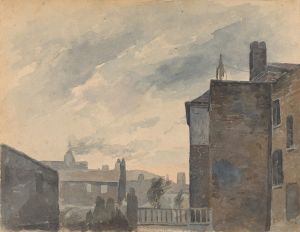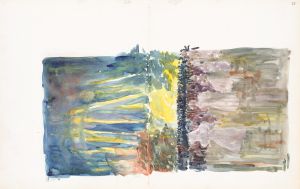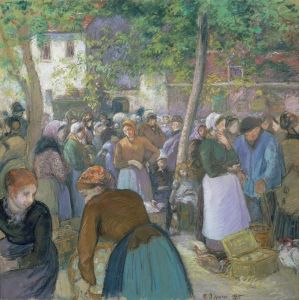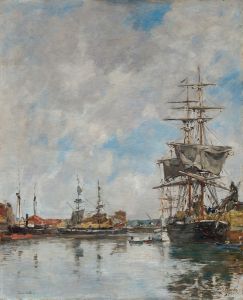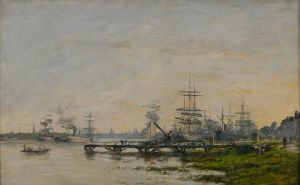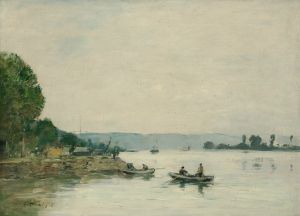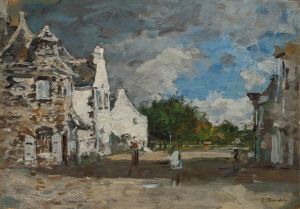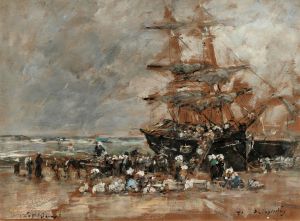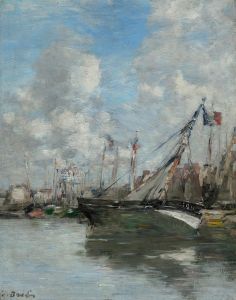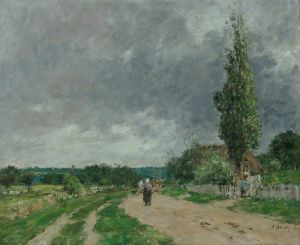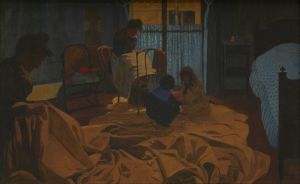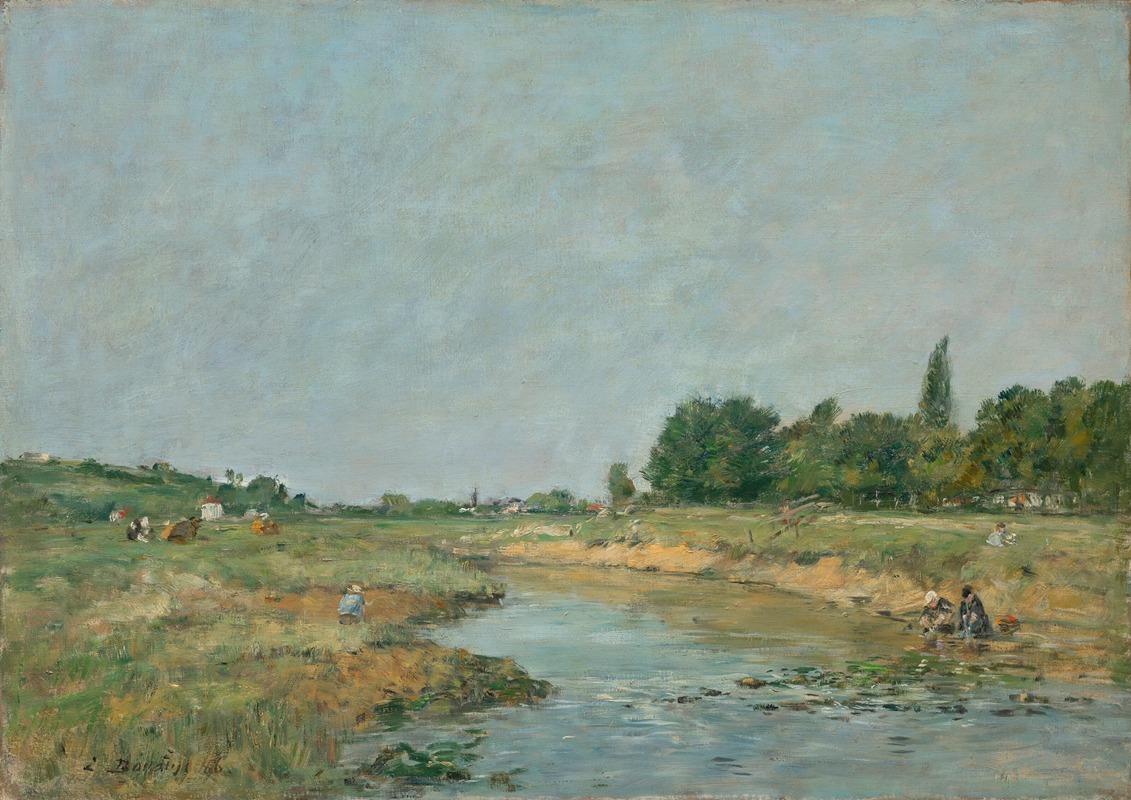
Laveuses au bord de la rivière
A hand-painted replica of Eugène Boudin’s masterpiece Laveuses au bord de la rivière, meticulously crafted by professional artists to capture the true essence of the original. Each piece is created with museum-quality canvas and rare mineral pigments, carefully painted by experienced artists with delicate brushstrokes and rich, layered colors to perfectly recreate the texture of the original artwork. Unlike machine-printed reproductions, this hand-painted version brings the painting to life, infused with the artist’s emotions and skill in every stroke. Whether for personal collection or home decoration, it instantly elevates the artistic atmosphere of any space.
Eugène Boudin's painting Laveuses au bord de la rivière (translated as Washerwomen by the River) is a work by the renowned French artist who is often celebrated as one of the precursors of Impressionism. Boudin, born in 1824 in Honfleur, France, is best known for his depictions of landscapes, seascapes, and scenes of everyday life, particularly those featuring the interplay of light and atmosphere.
The painting Laveuses au bord de la rivière portrays a group of washerwomen engaged in their daily labor by the edge of a river. This subject matter reflects Boudin's interest in capturing scenes of rural life and the activities of ordinary people, a theme that recurs in many of his works. The composition is characterized by its naturalistic depiction of the figures and the surrounding environment, with a focus on the effects of light and color. Boudin's ability to render the subtleties of light on water and the textures of the landscape is evident in this piece, showcasing his mastery of plein air painting techniques.
While the exact date of creation for Laveuses au bord de la rivière is not definitively documented, it is consistent with Boudin's broader body of work from the mid-to-late 19th century. During this period, Boudin frequently painted scenes of rural and coastal life in Normandy and other regions of France. His works often emphasize the harmony between human activity and the natural world, a hallmark of his artistic vision.
Boudin's contributions to art history are significant, as he played a key role in the development of Impressionism. His focus on capturing fleeting moments of light and atmosphere influenced younger artists, including Claude Monet, who regarded Boudin as a mentor. Although Boudin's work was not as widely recognized during his lifetime as that of some of his contemporaries, his paintings have since gained appreciation for their technical skill and their role in the evolution of modern art.
Today, Laveuses au bord de la rivière is considered an example of Boudin's dedication to portraying the beauty of everyday life and the natural world. The painting is held in a private collection or museum, though specific details about its current location or provenance are not widely available.





